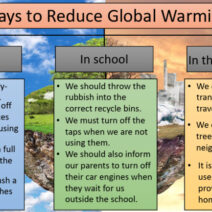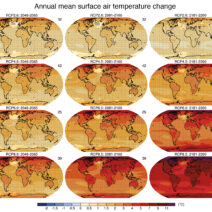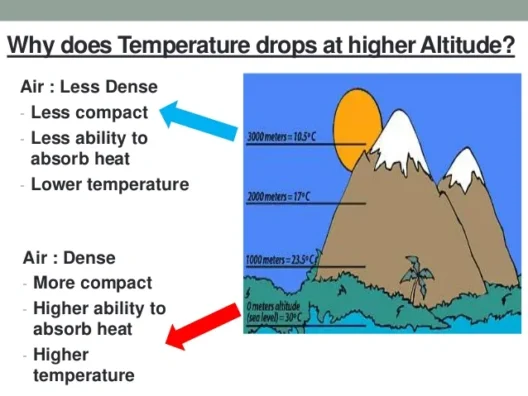In recent years, the question of whether climate change is real or a mere fabrication has pervaded public discourse. As the evidence mounts, it is crucial to dissect the doubts surrounding climate change and present a cogent argument affirming its authenticity. This comprehensive analysis will explore scientific consensus, prevalent misconceptions propagated by climate change deniers, the societal and ecological consequences of inaction, and the pathways toward remedying this urgent global crisis.
**Scientific Consensus on Climate Change**
A wealth of empirical data supporting climate change is available, with an overwhelming majority of climate scientists affirming that human activity significantly contributes to global warming. Notably, the Intergovernmental Panel on Climate Change (IPCC) consists of hundreds of scientists from around the world collating research findings to assess climate change evidence. Their reports unequivocally demonstrate the anthropogenic origins of climate change, driven predominantly by greenhouse gas emissions from fossil fuel combustion, deforestation, and industrial agriculture.
Various peer-reviewed studies have demonstrated the correlation between increased carbon dioxide levels and rising temperatures. The Keeling Curve, an iconic graph revealing atmospheric carbon dioxide concentrations, has trended upward since the late 20th century. Such figures do not lie; they provide a factual basis for the argument that climate change is a pressing reality.
**Misconceptions and Misinformation**
Despite the consensus, climate change doubters continue to perpetuate misconceptions that hinder public understanding. One prevalent argument suggests that climate has always fluctuated and, therefore, contemporary changes are part of a natural cycle. While it is true that Earth’s climate has undergone fluctuations historically, the rate and intensity of the current change far exceed natural variability observed in previous epochs. The distinction lies in the unprecedented pace of modern alterations, steered by anthropogenic influences.
Another common narrative asserts that climate models are unreliable and fueled by conjecture. However, climate models have evolved significantly, becoming sophisticated tools that utilize extensive datasets to provide trustworthy projections. These models incorporate various variables, including atmospheric chemistry and historical climate patterns, yielding reliable forecasts of future scenarios. Disregarding these models diminishes the complexity of our planet’s climatic system and discounts the scientific rigor involved in their creation.
**The Societal and Ecological Ramifications**
Ignoring the realities of climate change poses a myriad of consequences for biodiversity, human health, and socio-economic stability. As global temperatures rise, phenomena such as extreme weather events—hurricanes, droughts, and flooding—are becoming increasingly frequent and intense. These events jeopardize not only infrastructure but also human lives and livelihoods, exacerbating poverty and perpetuating cycles of inequality.
Moreover, climate change has been implicated in the loss of biodiversity, as species struggle to adapt to rapidly shifting habitats. Coral bleaching, for instance, illustrates the dire impact of climate change on marine ecosystems, resulting in the decimation of vital underwater habitats. As species face extinction, the cascading effects ripple through the food web, threatening ecological balance and the services ecosystems provide, such as clean water, pollination, and carbon sequestration.
**The Role of Misinformation**
The current landscape of misinformation cannot be overlooked. Climate change deniers employ a variety of strategies to cast doubt on scientific findings. By selectively presenting data, misquoting scientists, and utilizing emotional appeals, they create a false narrative that undermines the authenticity of climate-related science. This deliberate obfuscation poses significant challenges in engaging the public and fostering informed discourse around climate issues.
Furthermore, social media amplifies these messages, allowing for widespread dissemination of misleading claims at an unprecedented scale. Consequently, increased scientific literacy and critical thinking skills must be cultivated within society to counteract the insidious effects of misinformation. Educational institutions and community organizations play essential roles in equipping individuals to discern fact from fiction in the realm of climate science.
**Pathways to Action and Remediation**
Addressing climate change necessitates collective action on multiple fronts. Governments, businesses, NGOs, and individuals must collaborate to develop solutions and initiate significant changes in energy consumption patterns and resource management. Transitioning to renewable energy sources, such as solar, wind, and geothermal, is paramount in curtailing greenhouse gas emissions. Moreover, the promotion of energy efficiency and sustainable practices across various sectors can contribute to a substantive reduction in the carbon footprint.
Public advocacy cannot be understated; engaging communities in conversations about climate action empowers individuals to take ownership of the issue. Grassroots movements have proven effective in pressuring policymakers to take decisive action on climate legislation. Encouraging sustainable lifestyle choices, such as adopting plant-based diets and reducing waste, can also create a ripple effect in promoting environmental stewardship.
**Conclusion: A Call to Reconcile Doubts with Evidence**
In summation, the assertion that climate change is fabricitious is fundamentally flawed. The empirical evidence supporting the reality of climate change is irrefutable, bolstered by scientific consensus and robust data. While challenges exist in addressing misconceptions and misinformation, understanding the stakes involved is crucial to galvanizing action. As stewards of our planet, it is incumbent upon us to validate evidence over rhetoric and champion a sustainable future for generations to come.





